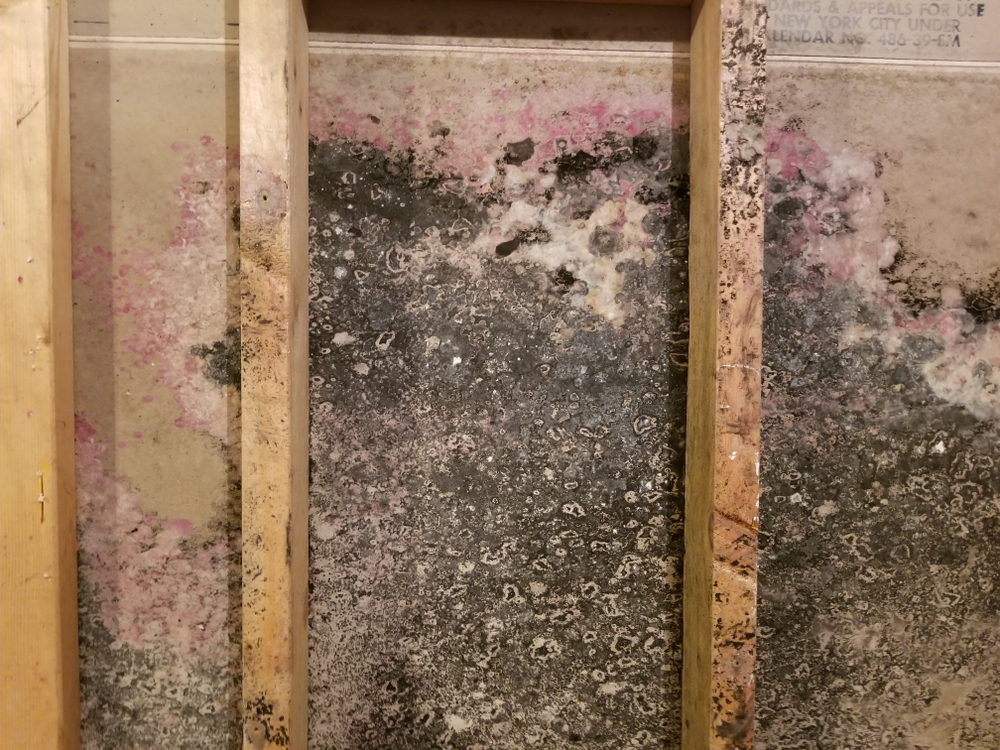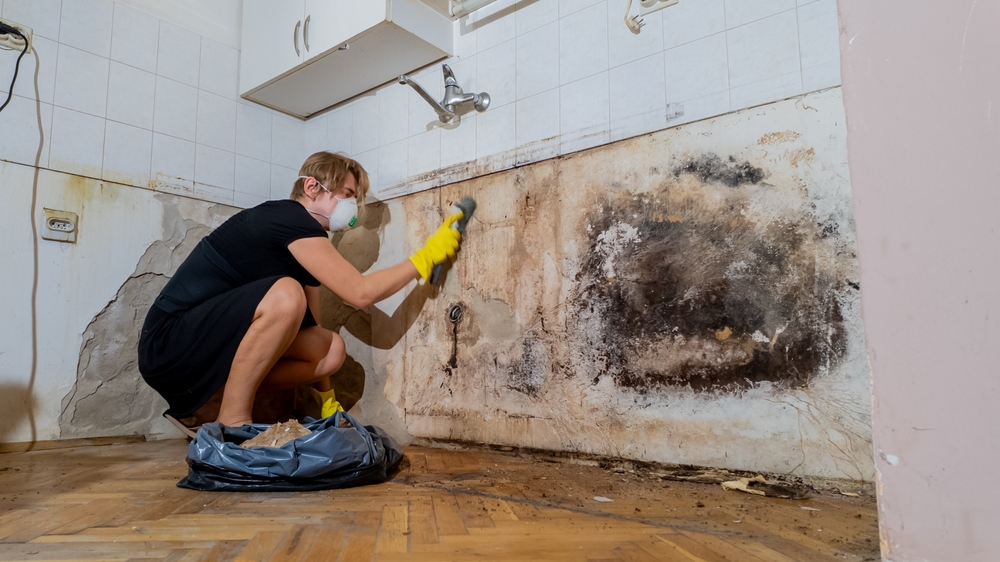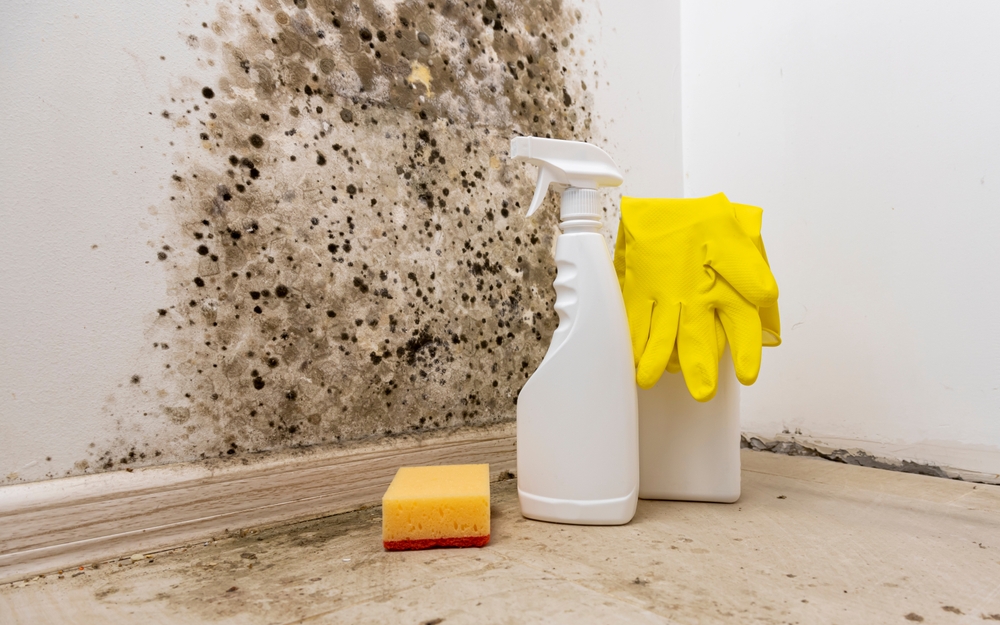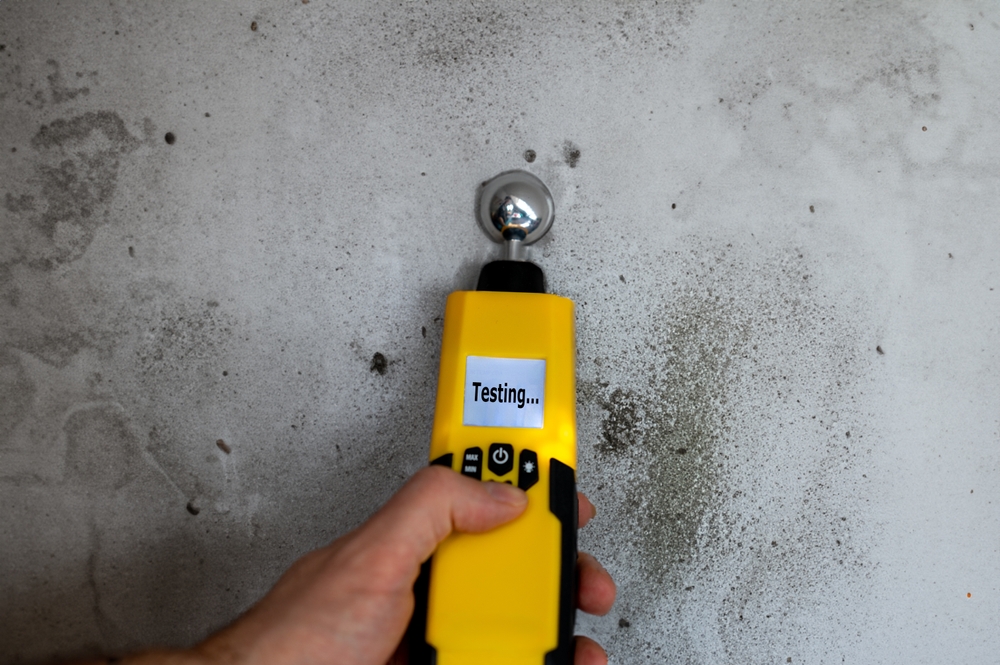Mold presents serious structural and health hazards if left uncontrolled, not only an ugly image. Mold grows silently in homes and buildings, usually undetectable until it has seriously disrupted them. The several kinds type of mold, their possible hazards, and efficient preventive and remedial techniques will be discussed in this handbook. You will know by the end how to defend your house and loved ones from this ongoing invader.
What Is Mold, and Why Does It Matter?
One kind of fungus that thrives in damp, warm conditions is mold. It disseminates by microscopic spore emission into the atmosphere. Nearly everywhere, these spores can cling to surfaces under the appropriate conditions—that of moisture and organic matter for nourishment.
While certain forms of mold are benign or even helpful (think of Penicillium in medicines), others can seriously affect health or damage property.

Why Should You Care About Mold?
Mold is a problem with major ramifications, not only a nuisance:
- Health Risks: Mold exposure can cause allergies, respiratory problems, and possibly neurological disorders.
- Structural Damage: Left unbridled, mold can compromise furniture, walls, and ceilings, calling for expensive repairs.
- Long-Term Effects: Mold might compromise indoor air quality, which would cause chronic health problems for elderly people and children especially.
Controlling mold requires initial understanding of it. Let us investigate the several varieties usually seen indoors.
Common Types of Mold Found Indoors
One size does not fit mold. Many varieties exist, each with special qualities and hazards. These five are the most often occurring molds you might find in your house:
Aspergillus
- Appearance: Aspergillus looks as powdery white, yellow, or green dots.
- Habitat: Food products, insulation, and damp walls.
- Risks: Especially in those with compromised immune systems, can lead to respiratory issues.
Cladosporium
- Appearance: appears as soft, green or black patches.
- Habitat: Found in wet, chilly spaces on wood, carpets, and fabrics.
- Risks: Reputed to cause asthma and allergies.
Penicillium
- Appearance: Blue or green fuzzy bits.
- Habitat: Found on insulating, wallpaper, and furniture ruined by water.
- Risks: Leads to allergic responses and could aggravate respiratory inflammation.
Alternaria
- Appearance: velvety black or dark brown patches.
- Habitat: Likes windowsills, showers, under sinks.
- Risks: Commonly sets up symptoms resembling hay fever and asthma.
Toxic Black Mold (Stachybotrys chartarum)
- Appearance: Dark green or black slimy patches.
- Habitat: Likes things like wood and drywall that have been long-wrenched in water.
- Risks: Risks related to extreme respiratory problems, neurological disorders, and tiredness.
- Controversy: Although some argue its poison, it is wise to handle it right away.

How Mold Affects Your Health
Mold can cause anything from moderately irritating to quite deadly.The type of mold remediation,degree of exposure, and personal health state will all affect the severity. The following is knowledge about health problems connected to mold:
Respiratory Problems
- Symptoms: Coughing, sneezing, wheezing, nasal congestion, and throat irritability are symptoms.
- Risk Groups: Children, elderly people, and those with allergies or asthma are particularly vulnerable.
Neurological Symptoms
- Symptoms: Headaches, vertigo, trouble focusing, and tiredness define the symptoms.
- Cause: Extended mold toxin exposure could compromise the neurological system.
Skin Irritations
- Symptoms: Redness, itching, and rashes define the skin irritations.
- Cause:Extended mold toxin exposure could compromise the neurological system.
Long-Term Health Risks
Some mold forms can compromise the immune system and aggravate pre-existing medical disorders such sinus infections or asthma.
How to Identify Mold in Your Home
Spotting mold early is crucial for minimizing its effects. Mold can be sneaky, hiding in hard-to-see places, but these tips will help you find it:
Visual Signs
- Discoloration: Look for dark streaks or patches on floors, ceilings, and walls. Mold might also show as slimy or fuzzy.
- Water Damage: Watch for moist areas, bulging drywall, or peeling paint.
Musty Odor
Mold frequently smells distinctly earthy, or musty. If you smell this, probe more.
Use Mold Testing Kits
- Hardware store mold test kits will assist verify its existence.
- See a professional for an indepth inspection for complex issues. Stopping Mold in Your House
Preventing Mold Growth in Your Home
More reasonably priced and simpler than eliminating mold is prevention of it. The secret is to underline the factors allowing it to flourish. Here’s the approach:
Control Moisture
- Fix Leaks Promptly: Fix it right away whether the leak is from a roof or a dripping pipe.
- Use Dehumidifiers: Keep indoor humidity below 50%.
- Ventilate Properly: In kitchens and bathrooms, run exhaust fans to help to lower moisture levels.
Regular Cleaning
- Clean Surfaces: In bathrooms, kitchens, and basements, use mold- killing cleansers.
- Mold-Resistant Products: Put in moisture-resistant drywall in sensitive locations and apply mold-resistant paint.
Regular Inspections
- Check often damp-prone places including under sinks, around windows, and in basements.
Gutter Maintenance
- Maintaining clean gutters helps avoid water seeping into foundations and walls.
What to Do If You Find Mold
Although discovering mold is not the end of the earth, quick response is absolutely vital to stop it from spreading. This is what to do:
When to Call a Professional
- Mold covers almost ten square feet.
- It is black mold, poisonous black.
- It exists in your HVAC system or some inaccessible spaces.
The Mold Remediation Process
- Assessment:The type and degree of mold will be decided upon by an expert using the mold remediation process assessment.
- Containment: Affected locations are closed off to stop spores from proliferating.
- Removal: Mold-infested items are securely removed.
- Cleaning: Cleaning surfaces with certain solutions.
- Drying: Dehumidifiers and fans help to guarantee the space is totally dry so as to avoid recurrence.
Extra Measures to Protect Your Home
Enhance Ventilation
Install basements and attics, two places likely to be moist,water damage ventilation systems. This lowers humidity and helps to keep adequate air flow.
Use Mold-Resistant Materials
When building or renovating, think about including materials meant to prevent mold, such watertight insulation and treated wood.
Monitor Humidity Levels
To track indoor humidity, make a hygrometer investment. Should levels exceed 60%, act to lower them.
Educate Yourself and Family
Instruct home members to keep cleanliness in places prone to moisture and identify early symptoms of mold.

Conclusion
Although mold is a typical household problem, it does not have to be a constant one if awareness, monitoring, and preventative actions help to avoid it. Knowing the several forms of mold and its hazards will help you to safeguard your house and loved ones.
Key Takeaways
- Mold enjoys warm, moist surroundings.
- Among the several forms of mold are Aspergillus, Cladosporium, Penicillium, Alternaria, and poisonous black mold.
- Among the health difficulties mold can bring are neurological symptoms, skin irritations, and respiratory problems.
- The greatest defense is prevention; manage moisture, clean often, and look for mold.
Call to Action
Own the health of your house right now! Look for indications of mold in your homes and take quick care of any problems. Download our free Mold Inspection Checklist to have more peace of mind and start working to establish a mold-free, healthier surroundings.
Philadelphia Restoration Services
https://www.google.com/maps?cid=3399342399556699153
+1 267 668 0013
https://philadelphiarestorationservices.com/

